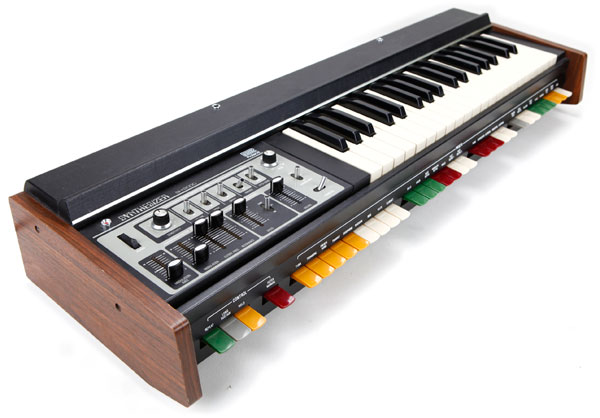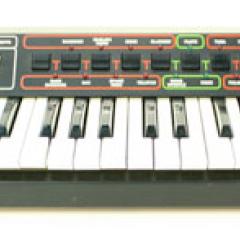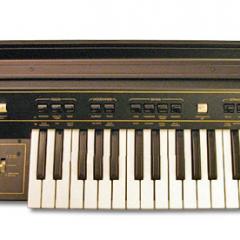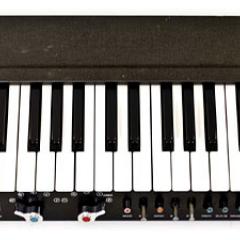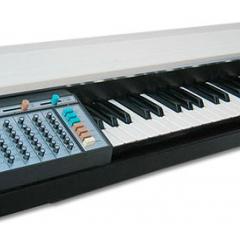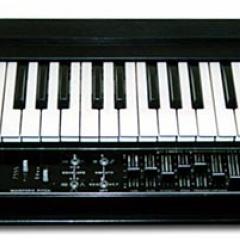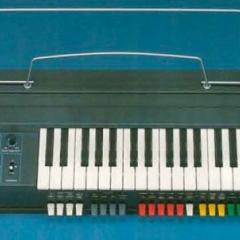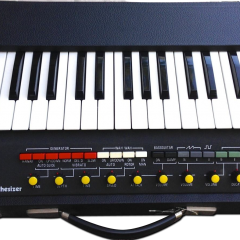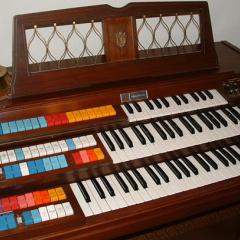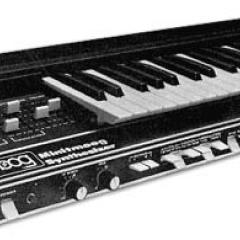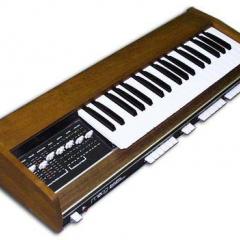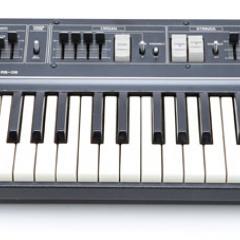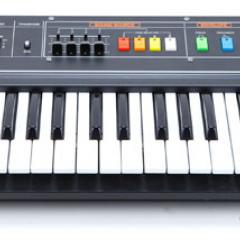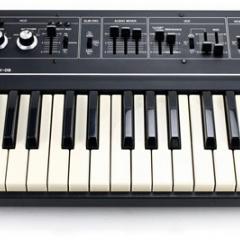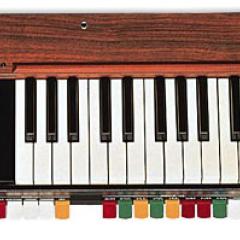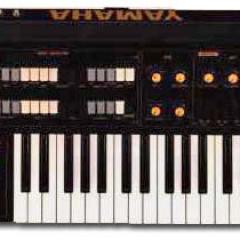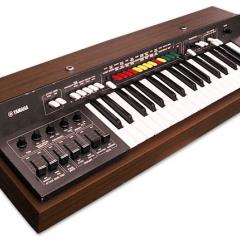Roland SH-2000
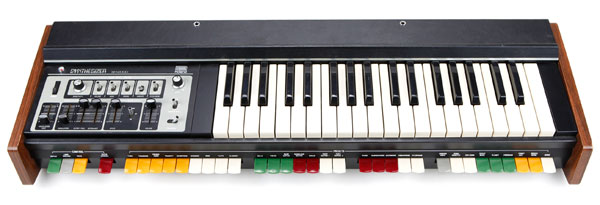
The SH-2000, introduced in 1973, is Roland’s second synthesizer and is essentially a limited version of the SH-1000. Like the 1000, it is a single-oscillator monophonic analog Preset synthesizer designed to sit atop a home organ. It’s got a great old analog sound but its lack of edit-ability and connectivity compared to the SH-1000 is what ultimately holds it back from being really great. (Perhaps Roland wanted to simplify it for the target demographic at the time - churches and casual home organists.)
Below its 37-note keyboard are several colorful tab switches which are used to select any one of its 30 Preset sounds. They range from the usual to the unusual: Tuba, Trombone, French Horn, Trumpet, Saxophone, Bassoon, Oboe, Flute, Clarinet, Cello, Violin, Bass Guitar, Hawaiian Guitar, Banjo, Fuzz Guitar I, Fuzz Guitar II; Piano, Harpsichord, Accordion, Vibraphone, Xylophone; Singing Voice, Song Whistle, Popcorn, Space Reed, Planet, Frog Man, Funny Cat, Growl Wow and Wind.
Left of the keyboard are the only editable controllers available on the SH-2000. They include the filter’s cutoff, resonance and modulation sliders, LFO modulation rate, portamento, vibrato, pitch bend, volume and master tuning. The filter and LFO are severely limited and there are no ADSR envelope controls. However, the cool ‘Growl’ and ‘Wow’ effects and the Random Note Generator from the SH-1000 are here, which is nice. Amazingly, this 1973 synth has aftertouch, called the ‘Touch Effect’ which can be assigned to modulate the volume, Vibrato, pitch, ‘Wow’ and ‘Growl’ effects. A few other drawbacks to the SH-2000 is the total lack of CV/Gate for external communication and no user memory.
The SH-2000 is great for squeaky effects and growling bass notes. However the SH-1000 offers much more flexibility and a better sounding filter. The SH-2000 is used by Norman Cook (Fatboy Slim, Mighty Dub Kats), 808 State, Blondie, Human League, Mike Oldfield, and Jethro Tull.
Demos & Media
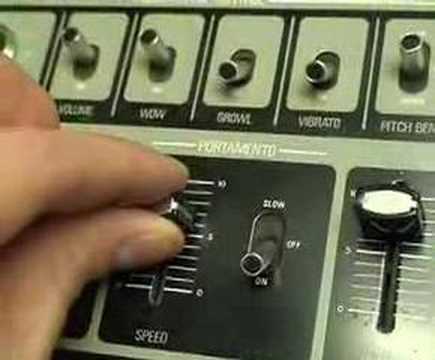
Specifications
Websites of Interest
Resources
Images from Perfect Circuit Audio.
Review updated January 2011
